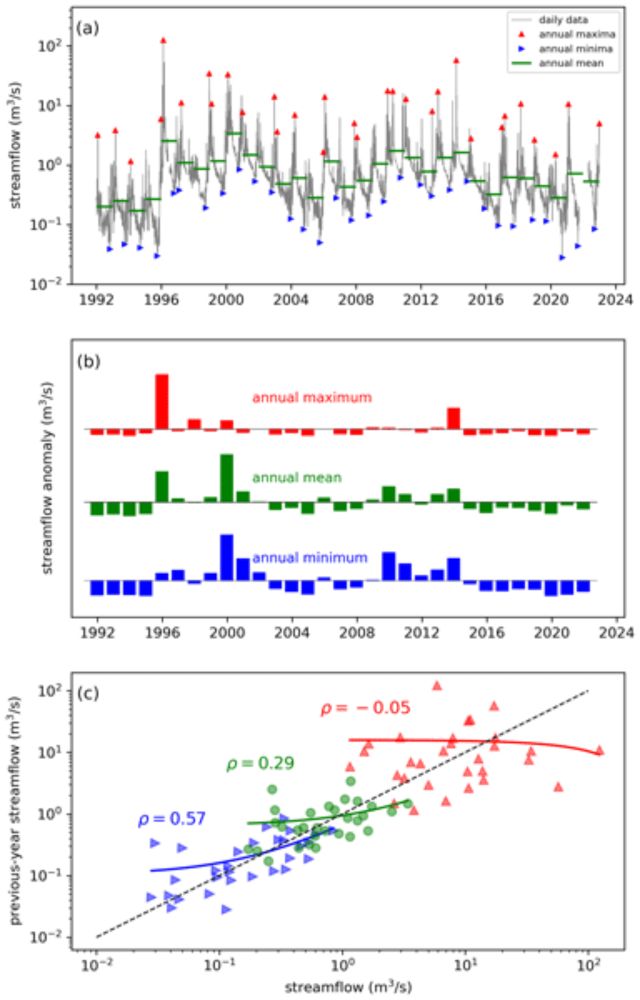
https://www.harshberia.com/
Choosing the right instrument for the job matter ;)
#SNOMLT #UniOulu #SHaM #StableWaterIsotopes #Snow #Meltwater #ArcticResearch
onlinelibrary.wiley.com/doi/10.1002/...

Choosing the right instrument for the job matter ;)
#SNOMLT #UniOulu #SHaM #StableWaterIsotopes #Snow #Meltwater #ArcticResearch
onlinelibrary.wiley.com/doi/10.1002/...
Please contact me at [email protected]
Please contact me at [email protected]
Took some surface snow samples to see potential sublimation signatures


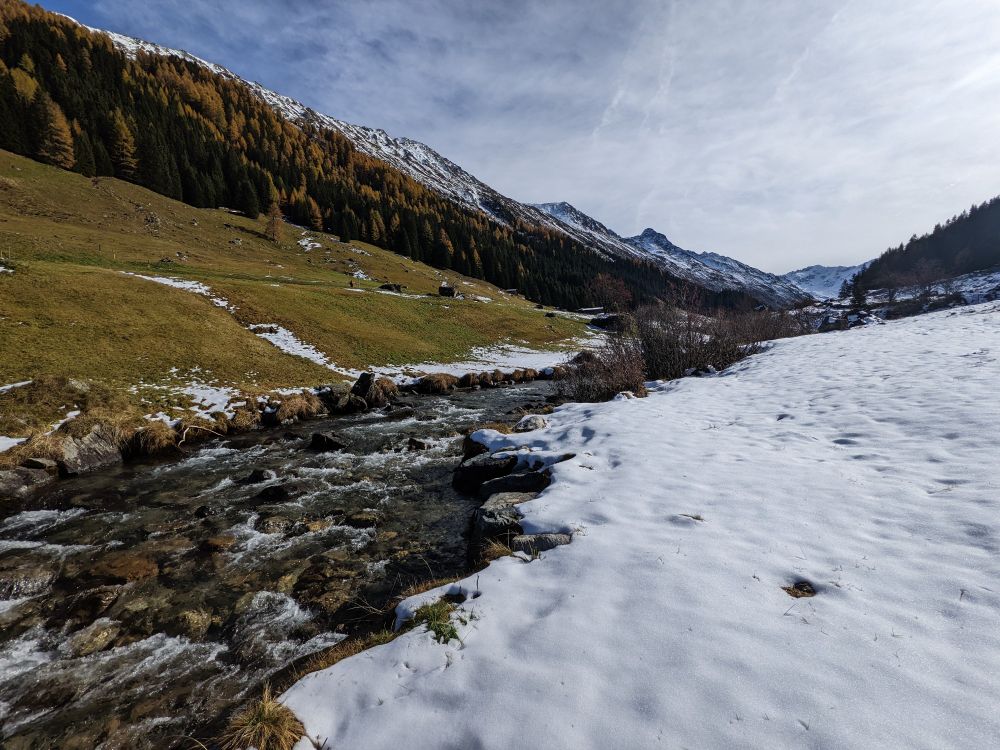
Took some surface snow samples to see potential sublimation signatures
More details: www.slf.ch/en/news/in-t...
📷 C. Marty, J. Götte / SLF
#climatechange


More details: www.slf.ch/en/news/in-t...
📷 C. Marty, J. Götte / SLF
#climatechange
I have managed to keep the ISCO running every 6-hours in the past few weeks to capture potential ephemeral snowmelt signals in stream isotopes.
Interestingly, EC rises at night and drops during the day, suggesting some melt influence in streamflow.
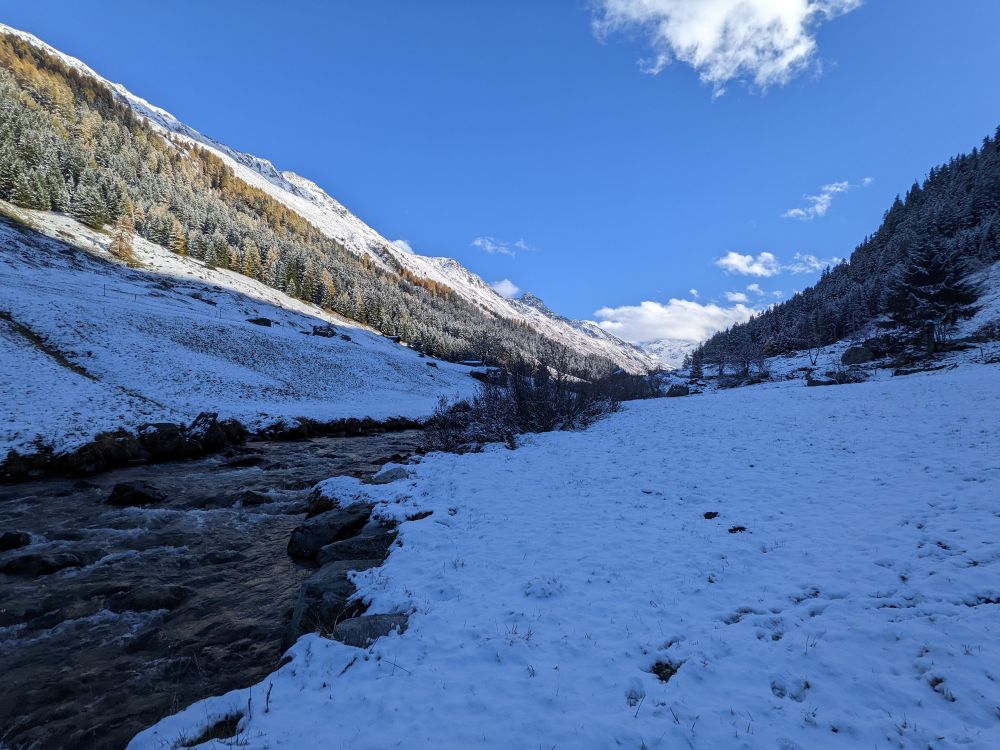


I have managed to keep the ISCO running every 6-hours in the past few weeks to capture potential ephemeral snowmelt signals in stream isotopes.
Interestingly, EC rises at night and drops during the day, suggesting some melt influence in streamflow.
doi.org/10.1029/2025...

doi.org/10.1029/2025...



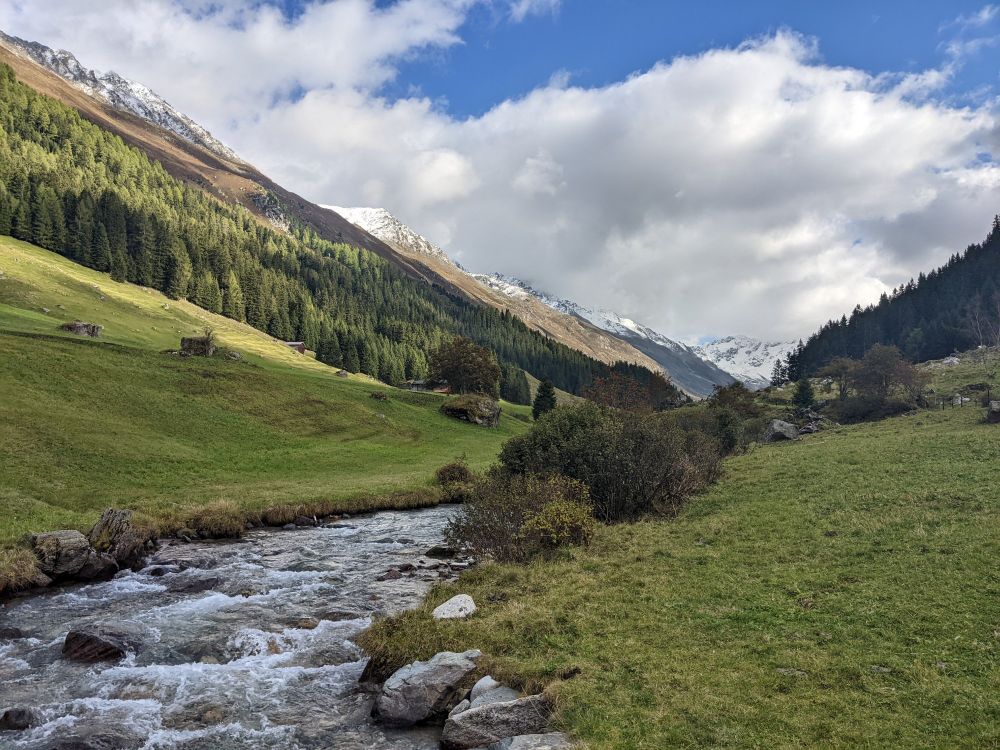
We presented a session on “Integrating cryosphere–atmosphere–hydrosphere dynamics: from process-level insights to large-scale modelling”, convened by Harsh Beria and co-convened by Mathieu Gravey, Marius G. Floriancic, Shaakir Shabir Dar and Rakesh K Hooda.




We presented a session on “Integrating cryosphere–atmosphere–hydrosphere dynamics: from process-level insights to large-scale modelling”, convened by Harsh Beria and co-convened by Mathieu Gravey, Marius G. Floriancic, Shaakir Shabir Dar and Rakesh K Hooda.
On a brighter note, we have got another picarro up and running 🚀 Hopefully this means we can finally keep pace with the mountain of samples piling up. Not sure if it's a good problem to have 😁
@cryoscope.bsky.social
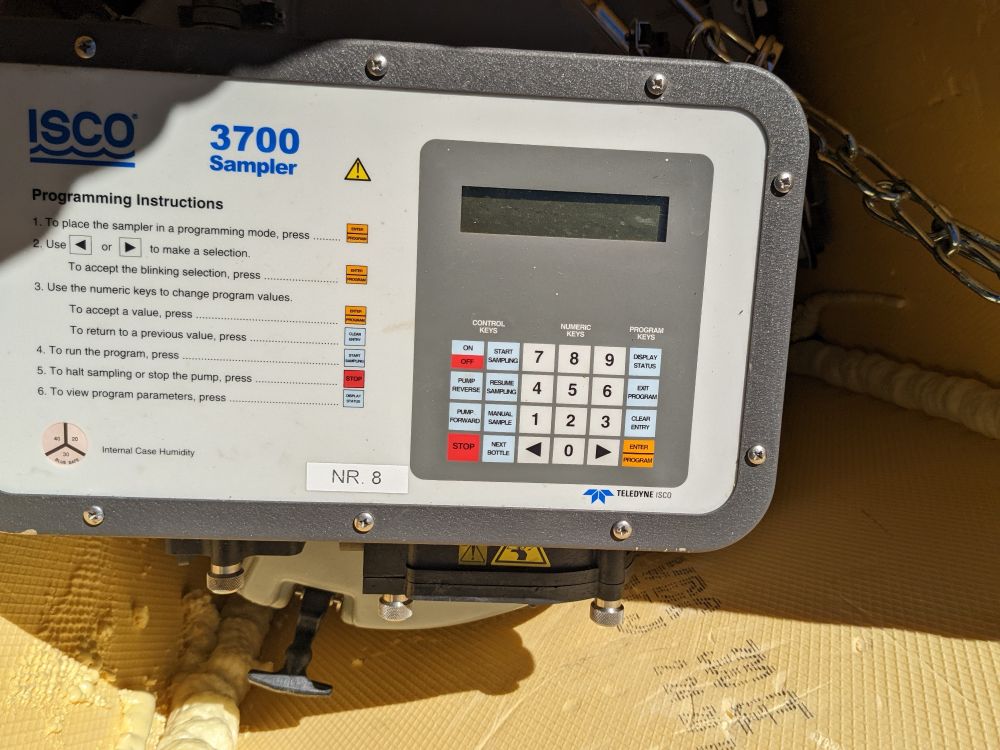

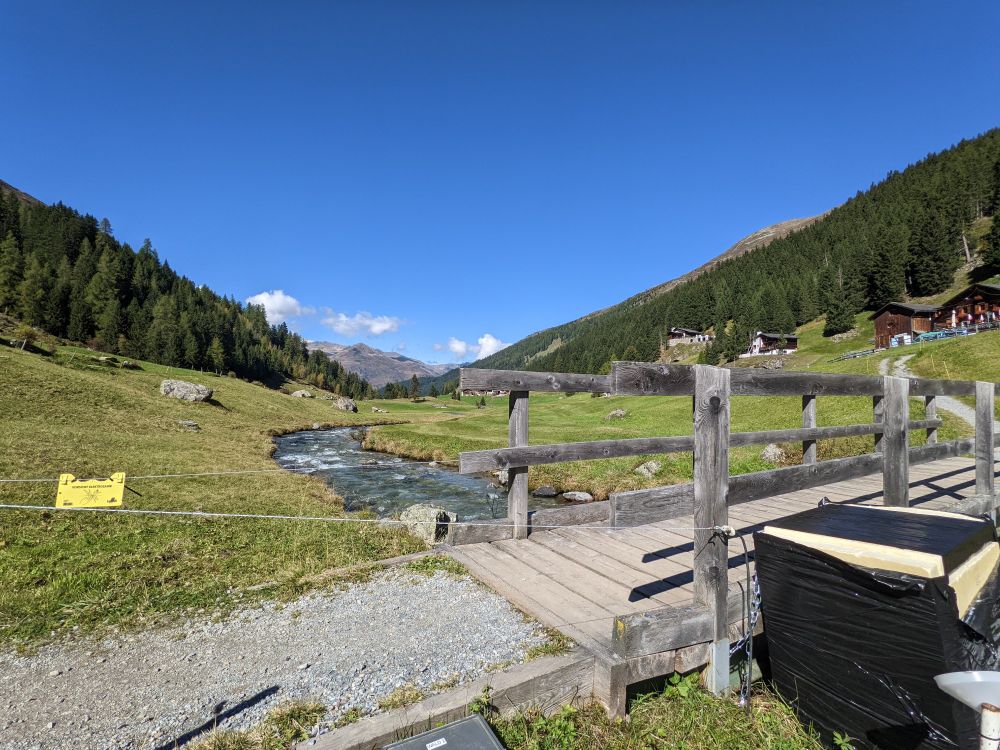
On a brighter note, we have got another picarro up and running 🚀 Hopefully this means we can finally keep pace with the mountain of samples piling up. Not sure if it's a good problem to have 😁
@cryoscope.bsky.social
📅 Apply by 31 Aug 2025
🚀 Start Feb 2026
📍 Longyearbyen, Svalbard
🔗 jobbnorge.no/en/available-jobs/job/284172/postdoctoral-position-in-glacier-permafrost-interaction

📅 Apply by 31 Aug 2025
🚀 Start Feb 2026
📍 Longyearbyen, Svalbard
🔗 jobbnorge.no/en/available-jobs/job/284172/postdoctoral-position-in-glacier-permafrost-interaction
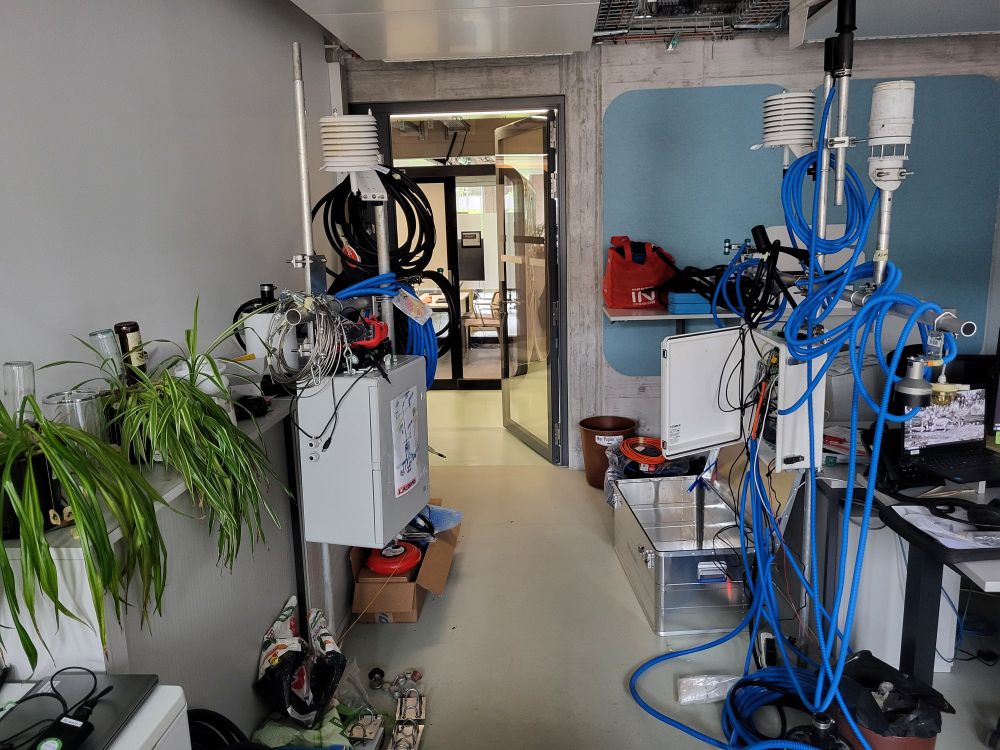
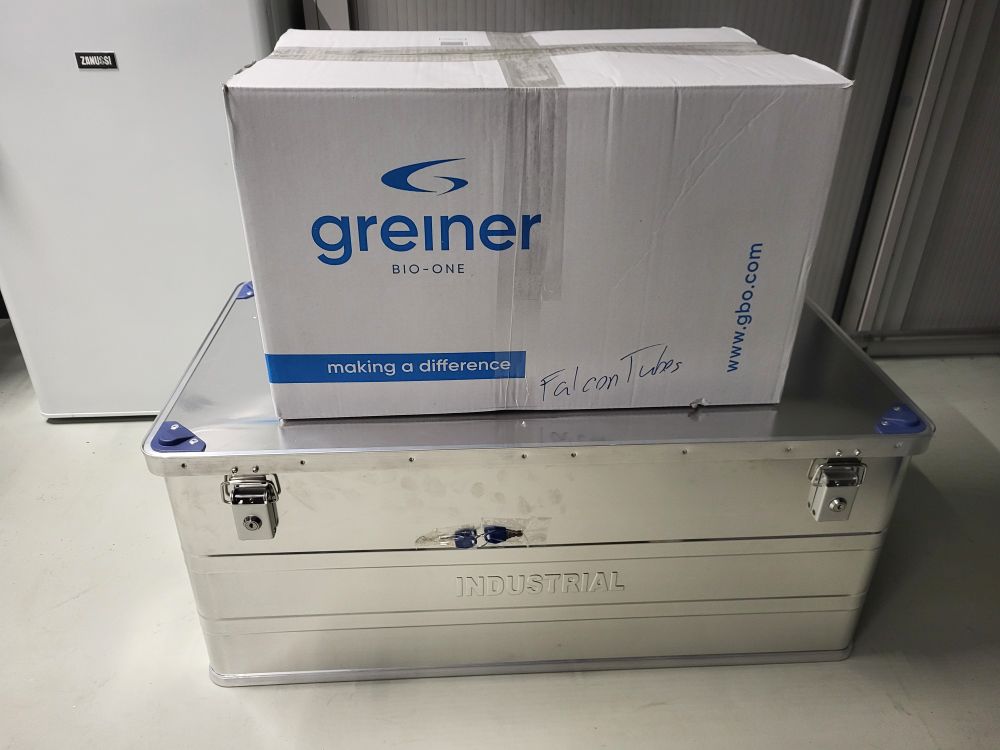
A group of curious tourists asked if they could drink the stream water; maybe not — the cows upstream might be adding a touch of extra nitrogen 😉🐄



A group of curious tourists asked if they could drink the stream water; maybe not — the cows upstream might be adding a touch of extra nitrogen 😉🐄

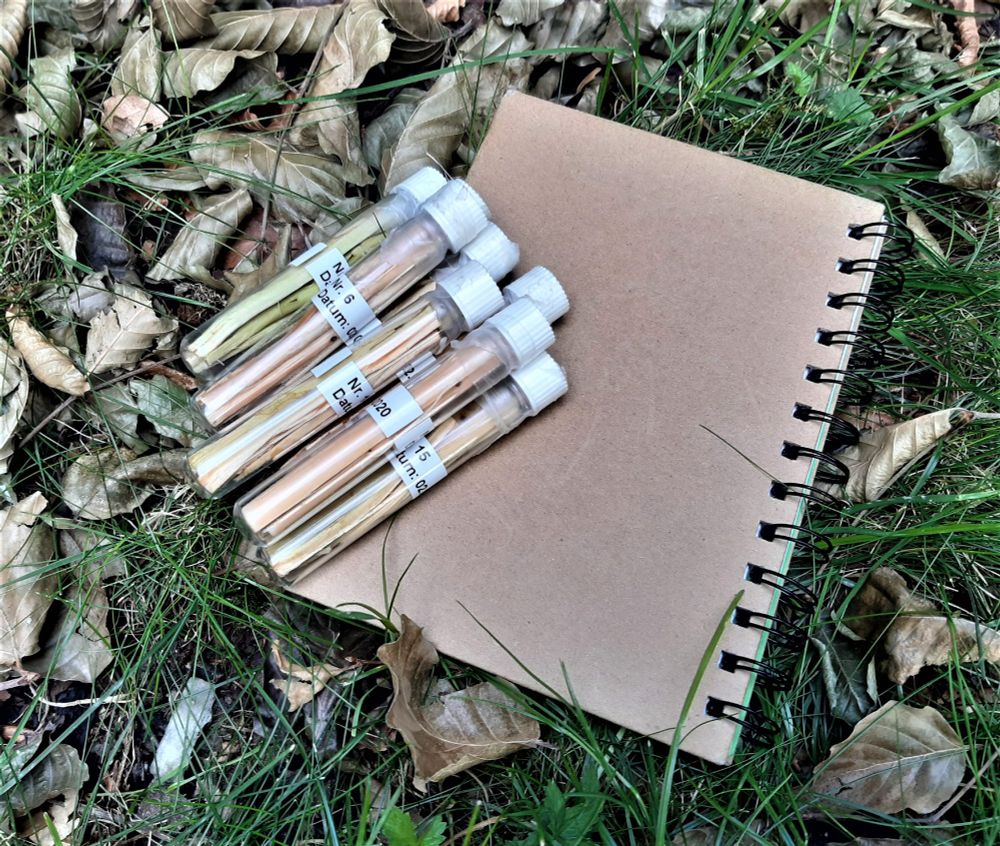
A 4-year EU-funded research project uniting 19 partners across 8 countries to better understand snow, glacier and permafrost processes - how they respond to climate change, and how these shifts affect downstream hydrological and biogeochemical cycles.
A 4-year EU-funded research project uniting 19 partners across 8 countries to better understand snow, glacier and permafrost processes - how they respond to climate change, and how these shifts affect downstream hydrological and biogeochemical cycles.
@cryoscope.bsky.social
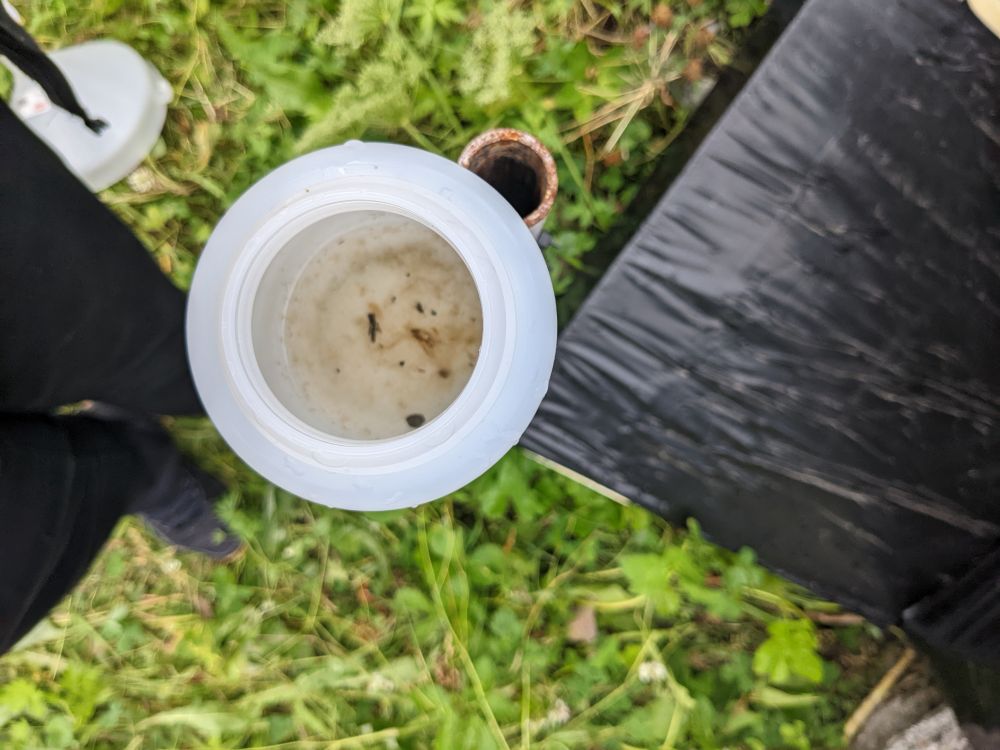


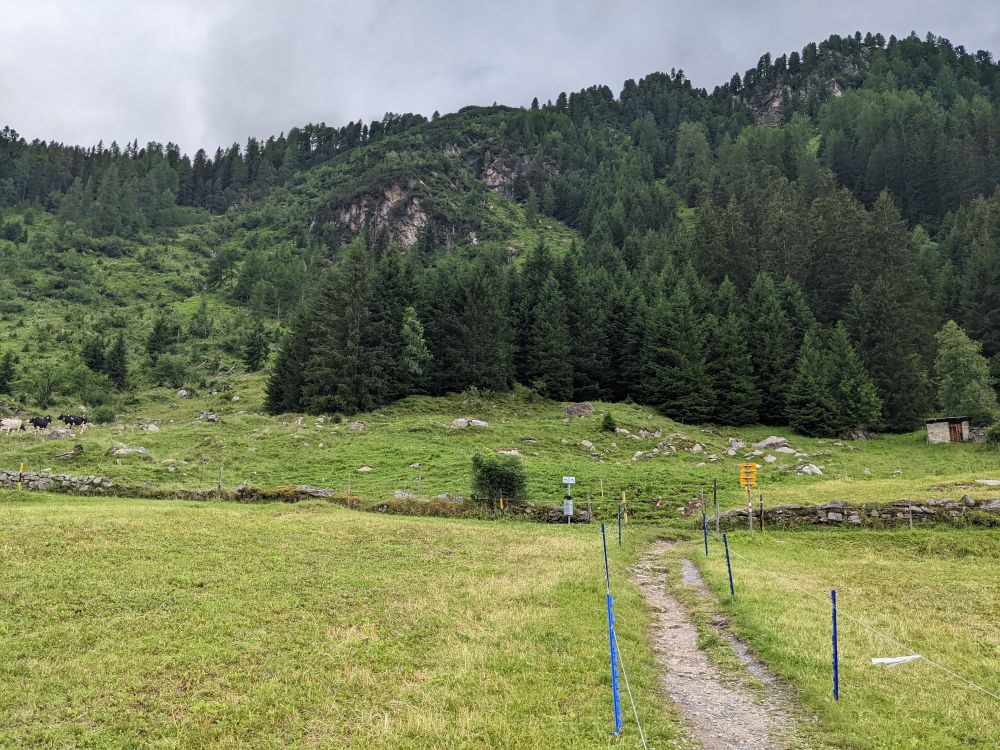
@cryoscope.bsky.social
You can also see @mfhydro.bsky.social hard at work fixing the pipes
@cryoscope.bsky.social
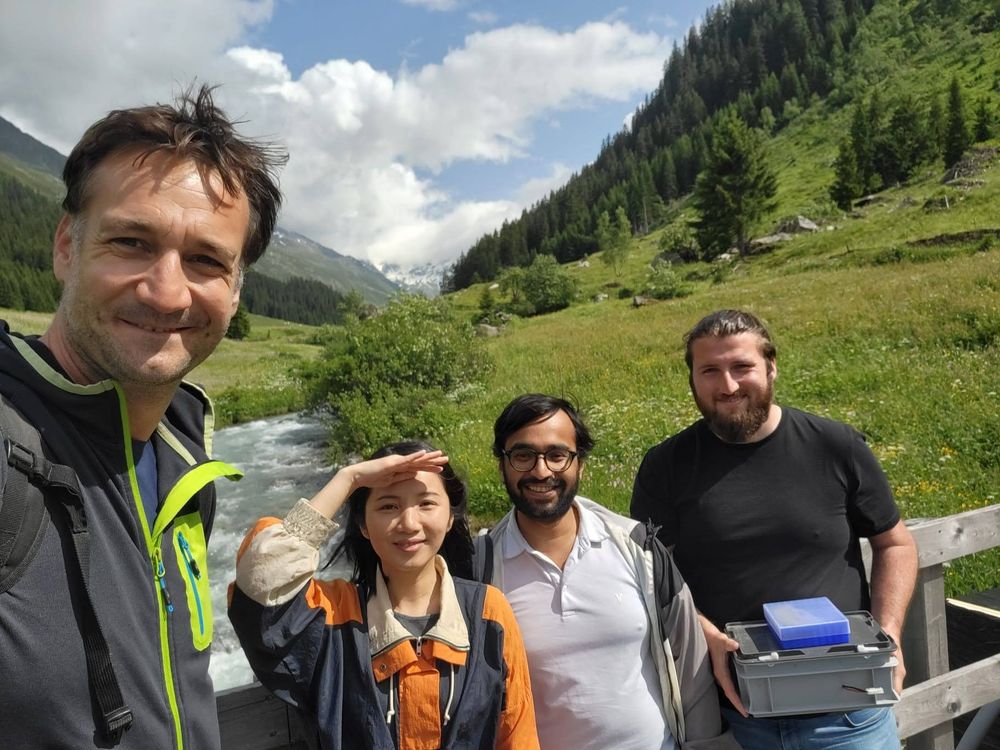
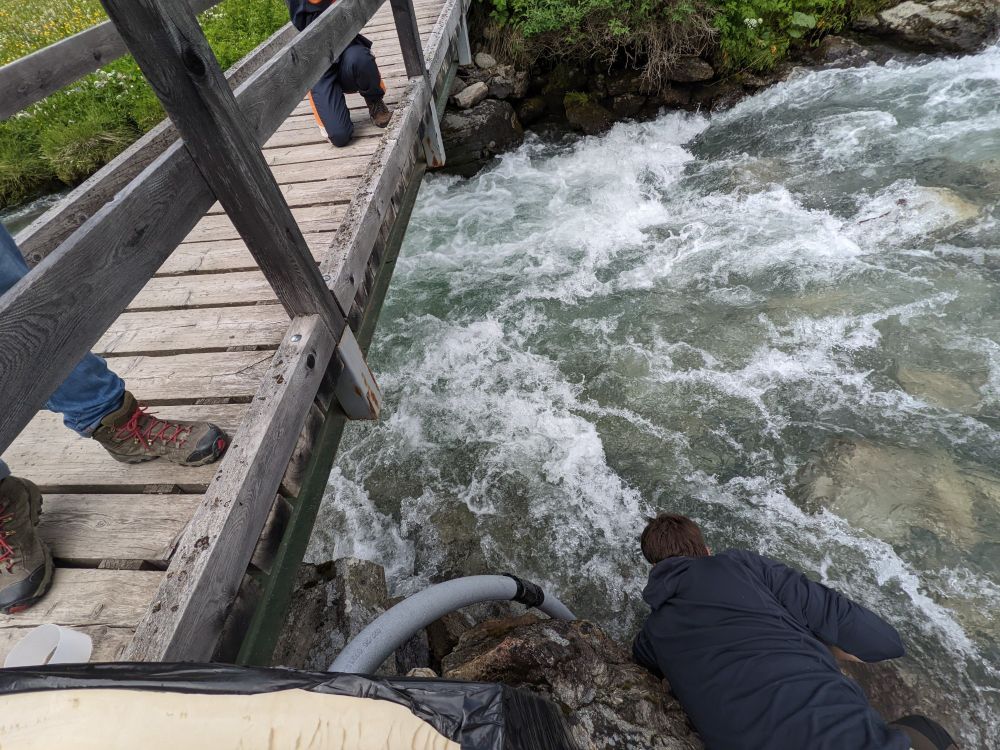
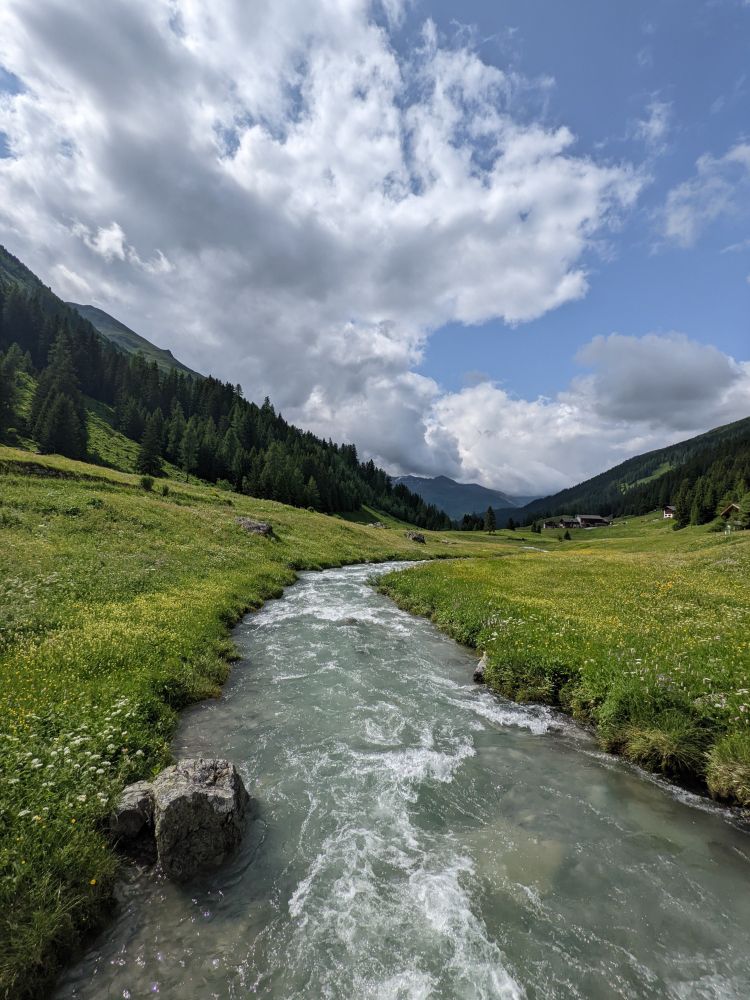
You can also see @mfhydro.bsky.social hard at work fixing the pipes
@cryoscope.bsky.social
@cryoscope.bsky.social



@cryoscope.bsky.social
#isotopes #alpine
@cryoscope.bsky.social
#isotopes #alpine
@cryoscope.bsky.social

baug.ethz.ch/en/news-and-...

baug.ethz.ch/en/news-and-...
Submit your paper here 👉 forms.gle/7zHyarnmYZxX...

Follow us to stay updated :)
www.linkedin.com/posts/harshb...

Follow us to stay updated :)
www.linkedin.com/posts/harshb...
